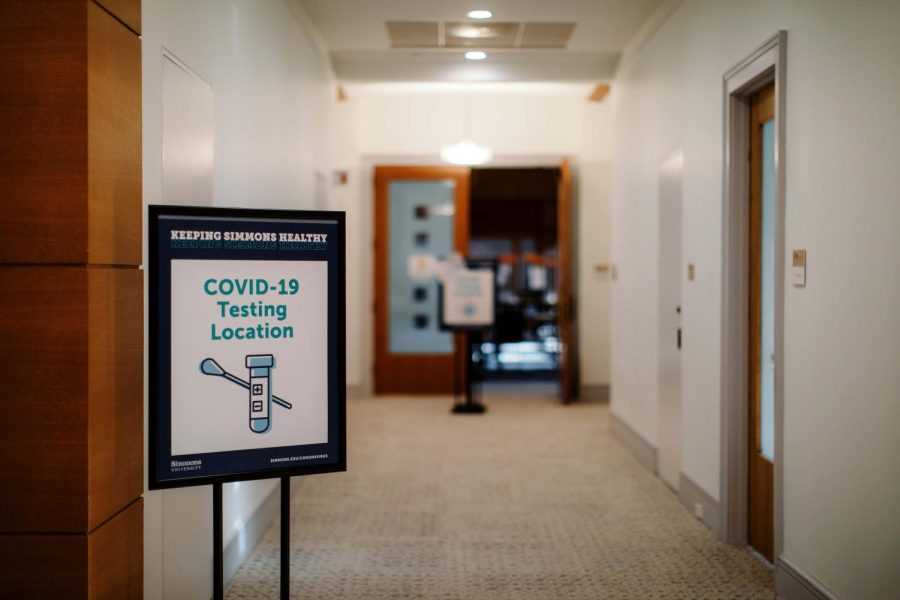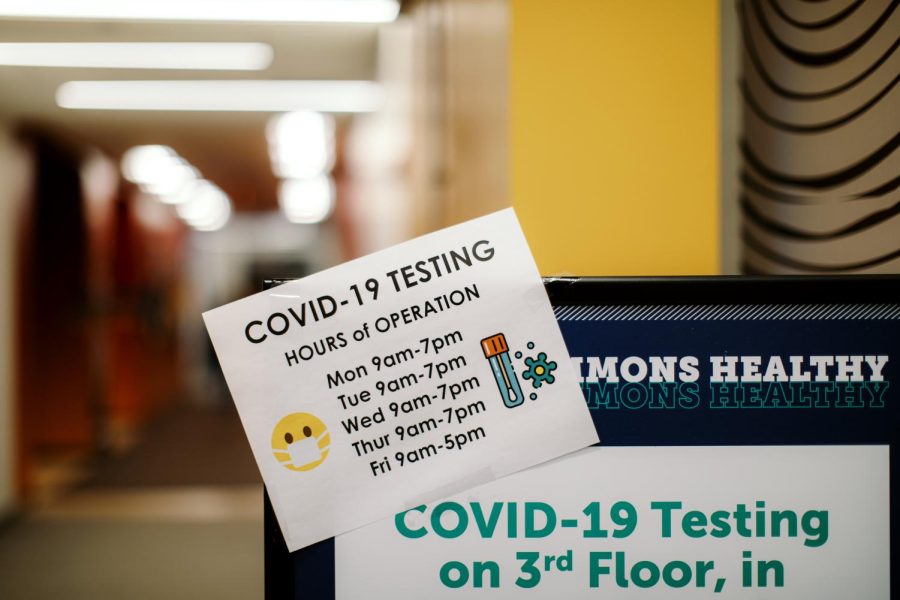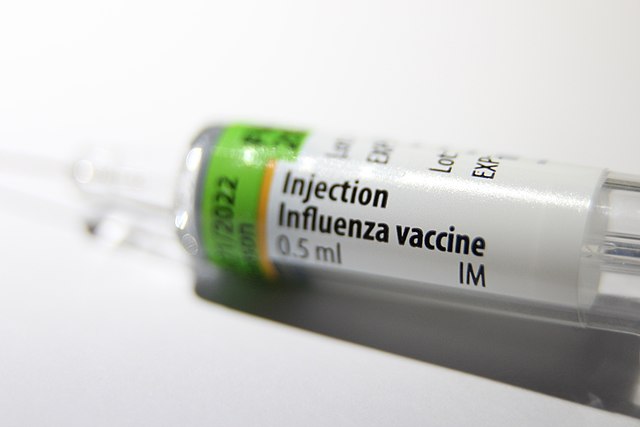By Roxanne Lee
Staff Writer

E-cigarettes have long been considered a healthier alternative to tobacco cigarettes, a way to satisfy the habit of smoking while avoiding the heart and cancer risks of tobacco products.
But at the annual American Association for the Advancement of Science meeting on Feb. 11 and 12, toxicologists Ilona Jaspers, Judith Zelikoff, and Daniel Conklin reported their research on potential health risks of vaping. Not only can vaping have the same risks as smoking tobacco products, but it may also carry unique risks of its own.
The study looked at vaping’s effect on the immune system, genetics, and pre- and post-natal development. For the immunology study, the toxicologists and their colleagues scraped sample cells from the noses of volunteers—some who didn’t smoke, some who smoked, and some who vaped.
They collected cells from the insides of their noses because cellular responses in those cells offer clues to the response of the lungs to certain substances, and because lungs are not as easy to sample. About a dozen cells were harvested from each participant.
Using the scraped cells, the researchers measured the activity levels of 594 genes in the cells related to controlling immune response in the body. When comparing smokers’ immune responses to non-smokers, the smokers’ cells had 53 genes that showed very diminished activity.
When examining the cells from the e-smokers, those same 53 genes showed the same diminished activity as in the smokers, in addition to 305 more genes showing diminished activity. All of the e-smokers had 358 mute immune genes. The muted responses of these cells suggest that the nasal and lung cells of smokers and e-smokers are more susceptible to infection.
To follow up the study, the toxicologists and their colleagues collected immune cells from healthy, nonsmoking volunteers and exposed them to e-cigarette liquids. Of the cells collected, some included were immune cells called neutrophils and macrophages.
Both are immune cells that are specifically made for engulfing and killing foreign bacteria. When exposed to the e-cigarette liquids, the cells showed a marked impairment in killing bacteria.
One e-cigarette compound that was especially effective at nullifying the immune cells was the liquid that tasted like cinnamon because of its cinnemaldehyde, the compound that gives cinnamon its flavor. In addition, butter flavors impaired the immune cells the most out of the tested liquids.
These flavors are generally considered safe, but only for eating, not for inhalation. This is especially true for the flavoring diacetyl, an organic substance used to make artificial butter flavoring. The flavor has been known to cause bronchiolitis obliterans, a disease caused by scar tissue and inflammation in the lungs, when inhaled.
The link was discovered when eight former employees of the Glister-Mary Lee popcorn plant in Missouri developed bronchiolitis obliterans, and the cause was found to be inhaled diacetyl from the butter flavoring. Because of this, bronchiolitis obliterans became known as “Popcorn Lung” to the public.
Concerns about e-cigarette flavoring were fielded also by clinical pharmacologist Neal Benowitz of the University of San Francisco, who said “E-cigarettes are not one thing,” speaking about how much the ingredients of e-cigarettes vary. “We’re really at the beginning of understanding the toxicity.”
The study also looked at the effect of e-cigarette vapors on genes. Judy Zelikoff’s group exposed mice developing in the womb to concentrations of vapors equivalent to what a person who smoked e-cigarettes would be exposed to. They also exposed the mice to the vapors a month after birth. Then they tracked the genes in the mice’s frontal cortexes.
A big factor in the effect on the brains was whether or not the vapors had nicotine in them. The male mice displayed no altered gene activities; as for the female mice, the vapors with nicotine altered 148 genes in the brain’s frontal cortex.
Most surprisingly, the vapors with no nicotine caused changes in the activity of 830 or more genes in the frontal cortex of male and female mice. The research team was so surprised by effect of the no- nicotine vapors that they repeated the experiment two more times. Both mice in the nicotine and no nicotine groups showed behavioral changes, such an increased hyperactivity and agitation.
The male mice exposed to e-cigarette vapors in the womb were also found to have fertility problems, with low sperm counts and low sperm motility. Mice exposed to e-cigarette vapors had increased plaque build-up, an early indicator of atherosclerosis—artery disease where fatty material is deposited on the arteries’ inner walls.
These studies bring light to the complexities currently surrounding the toxicity of e-cigarettes. The studies indicate that the vapors can have detrimental effects on humans, but the exact extent is still not known. If anything, the takeaways from these findings is the value of caution when using things that could be hazardous to our health.
























